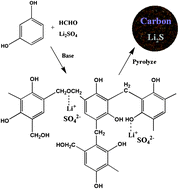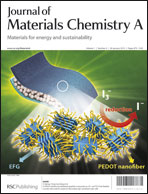In situ synthesis of lithium sulfide–carbon composites as cathode materials for rechargeable lithium batteries†
Abstract
Lithium–sulfur batteries are among the most promising candidates for next-generation rechargeable lithium batteries in view of recent progress on sulfur–carbon composite cathodes. However, further progress on such batteries is hampered by their concomitant need for a metallic lithium anode, which introduces new challenges associated with uneven


 Please wait while we load your content...
Please wait while we load your content...